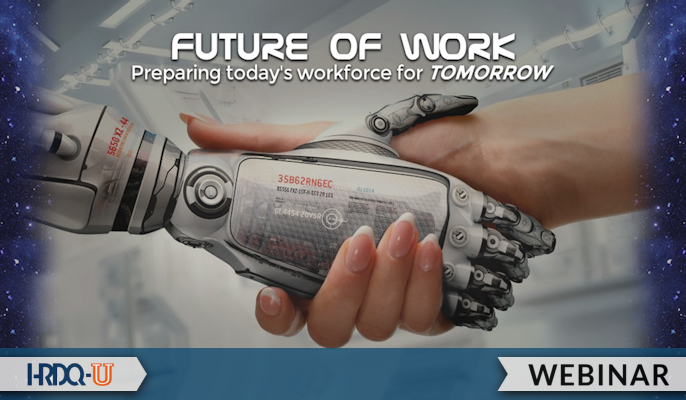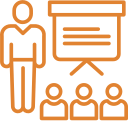Three Strategies to Consider Using for Skill Development
Stretch Assignments
Stretch assignments are projects or tasks beyond current skill sets or knowledge, intending to create a developmental “stretch” opportunity to learn and grow outside of the comfort zone. It’s an opportunity that will challenge but not push far enough to burn out from stress. It’s not part of a merit system, and we should not judge. In many ways, it’s an opportunity to fail fast and learn from the experience in a safe environment.
The following are three examples of stretch assignments:
- Managing an intern or volunteer
- Organizing and leading an event or meeting
- Lead a new initiative not within the comfort zone
Digital Skills Exchange Platform
When skill development opportunities are created within the organization, they should be housed in a centralized location for our workforce to access. Another approach to architecting developmental opportunities could be to create an infrastructure that houses stretch assignments or skill development opportunities like a Digital Skills Exchange Platform. The platform does not need to be technologically complicated. It could be a SharePoint site, an internal social media site, or an intranet page. That platform consists of four components:
- A database of all possible professions or occupations within the organization or broader within the industry.
- A course calendar showing when, where, and how the skills needed are delivered.
- An index of the employability associated with each occupation.
- The skills required to work in the profession.
The platform not only provides visibility into where opportunities exist within the organization but can also serve as a mechanism to uncover where skills already exist. An example of this platform in practice is the Intel Development Opportunity Tool (DOT) – a platform where managers can post short-term development opportunities that any employee can access.
The overall value of this type of platform is it
- Creates two-way skill visibility between managers and employees.
- Offers best-fit development by illuminating opportunities in unexpected places that meet their specific development needs.
- Makes manager benefit more clear by illustrating the skills the team can expand on as part of the experience and also by identifying non-traditional candidates to consider that the manager may not have otherwise had access to.
External Developmental Opportunities
When we identify skill gaps within our organization, our normal response is to hire someone with those skills. What if, instead of hiring someone new, we gave our current talent the opportunity to develop the skills and bring them back to the organization? We could partner with trade organizations to create internship programs for our workforce. We could create opportunities with partner organizations and create “job swap” opportunities. For example, Proctor & Gamble and Google created an external development partnership by creating a digital marketing talent exchange for a month-long job swap to upskill employees on new skills within a new organization. While it may take a little longer to develop our current talent than it would to hire new talent, the overall cost benefit to the organization may be lower by upskilling our talent with their depth and breadth of experience within our organization.
Second-Skilling
While the term “workforce of the future” might insinuate the changes we need to make can start tomorrow, the reality is we need to take action today to help our employees know how to prepare for the future of work. We don’t want to wait until our employees are made redundant, on the path to redundancy, or too frozen in fear about their future that they are no longer open to learning.
Whether through strategies like stretch assignments, digital skills exchange platforms, or external partnerships, we want to be creating opportunities for our employees to practice second-skilling. Second-skilling is developing new skills while in the current job.
Our workforce should not be living in fear for the future of their job. There is work for people today, there will be work for people tomorrow, and there will even be work in a future with automation. Let’s change the discussion from being fear-based to being action-oriented. Join me for a webinar where I discuss additional strategies HR and L&D leaders should consider to help our future workforce know how to prepare for the future of work and succeed.
















